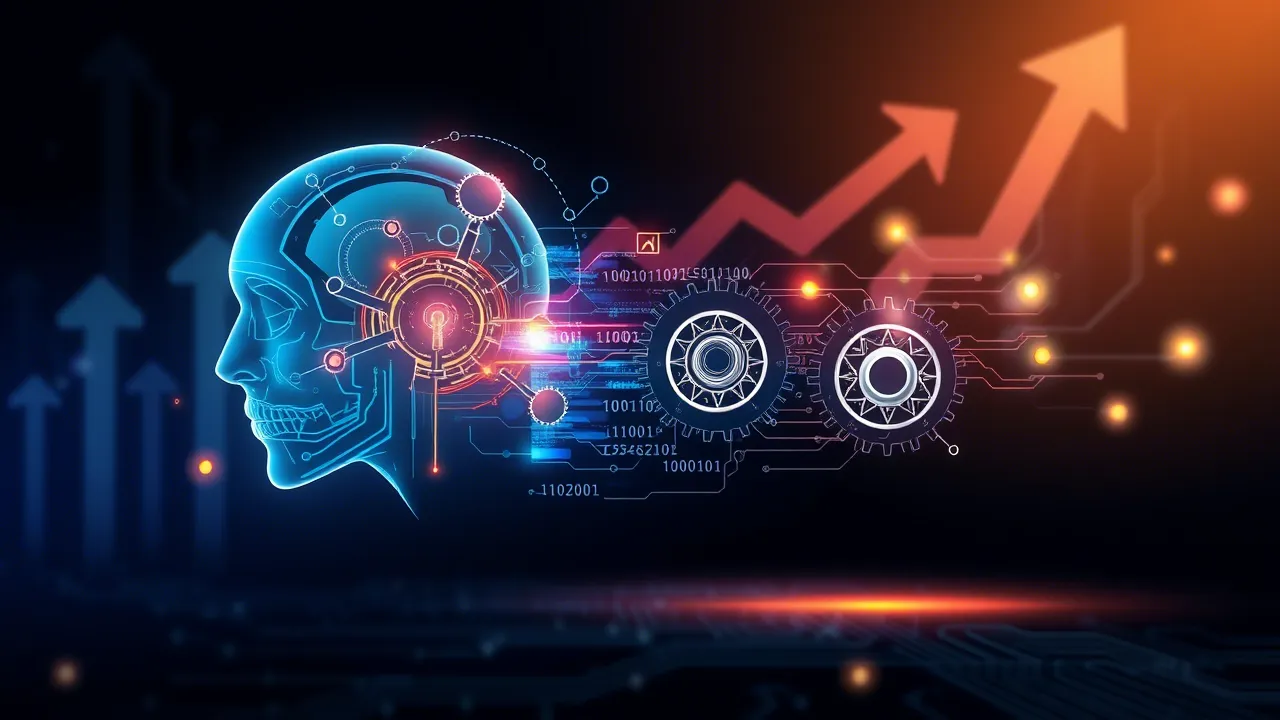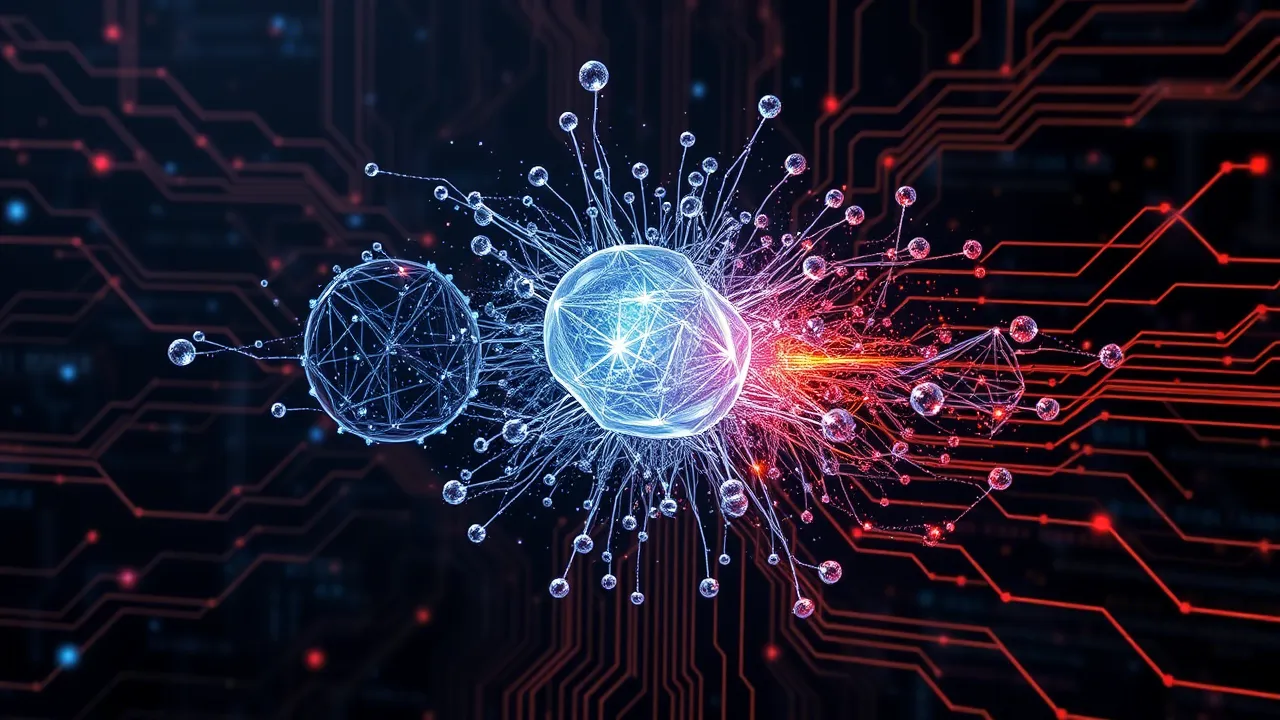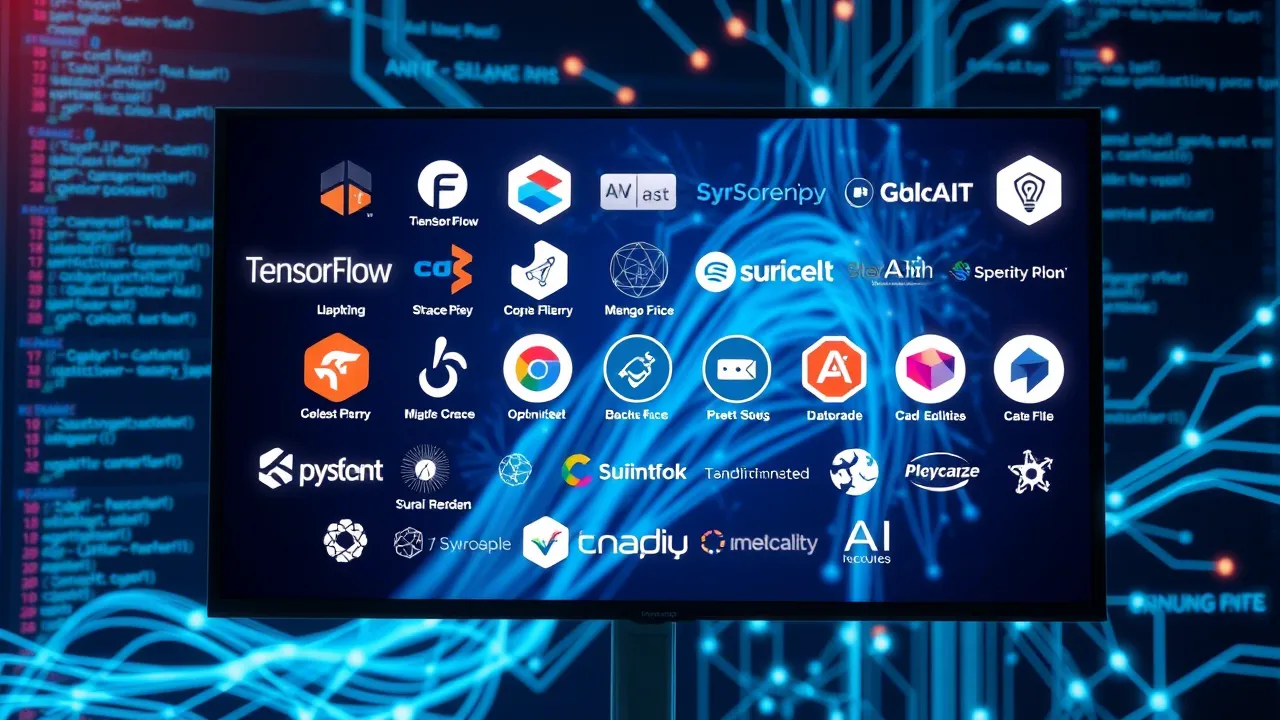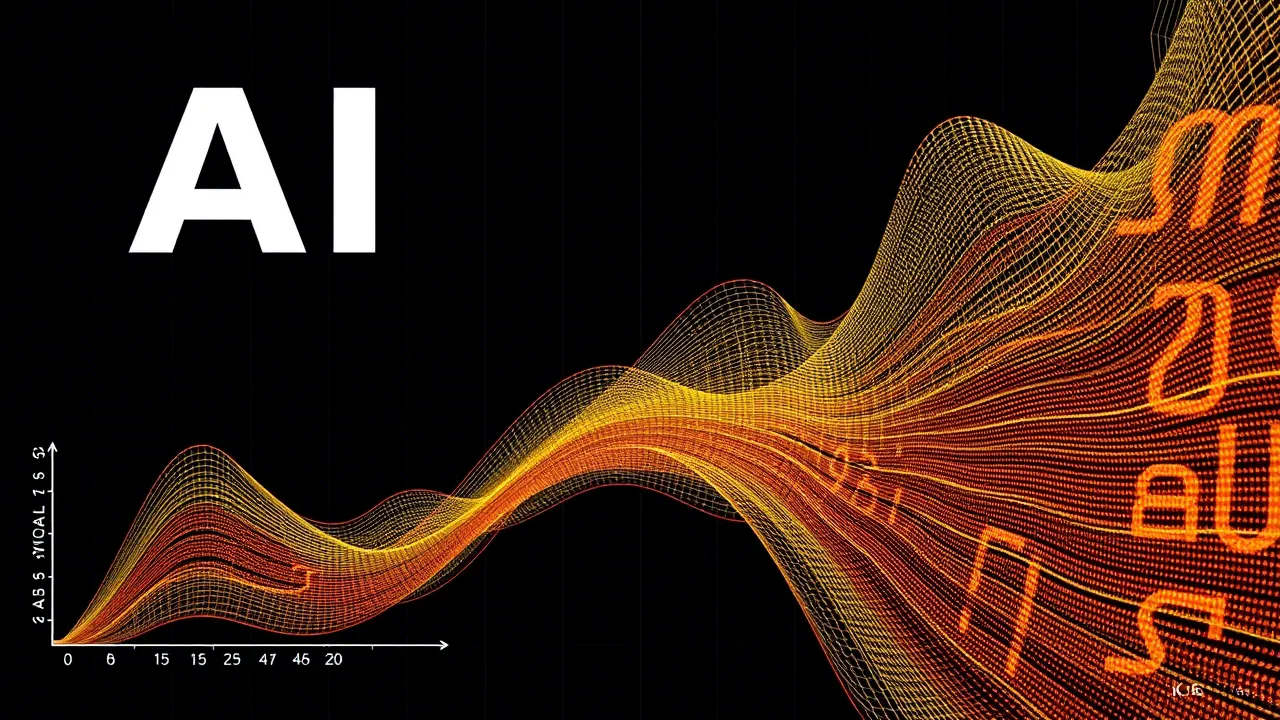Lighter, Faster, Cheaper: How to 'Slim Down' an AI Model Without Losing Its 'Brain'
Modern artificial intelligence models, especially giants like large language models (LLMs) and advanced computer vision systems, are astonishing in their capabilities. They write texts, create images, and drive cars. But behind this power often lies a significant "weight": colossal computational resources for training and operation, substantial energy consumption, and, consequently, high operating costs. [According to a recent XYZ Research report from early 2025, the total energy consumption for training the world's leading AI models increased by over 50% in the last year, reaching figures comparable to the annual energy consumption of a small European country]. In these conditions, AI model optimization is not just a technical task but a pressing necessity. It not only reduces costs and lessens AI's "carbon footprint," emphasizing social responsibility, but also makes advanced technologies more accessible to a wide range of developers and users. In this article, we will popularly explain the "secret tricks" for making AI "lighter" – quantization, distillation, and pruning – explore how they work, the benefits they bring, and the tools that help achieve this.

Part 1: Why 'Compress' Artificial Intelligence? The Relevance of Model Optimization
The race to create increasingly larger and more complex AI models has led to impressive breakthroughs but also created several serious problems. "Heavy" models require expensive computing clusters, consume a lot of energy, and often cannot be efficiently deployed on end-user devices. Model optimization is becoming the answer to these challenges.
Why is it so important today?
- Resource Savings: Reducing requirements for computational power, RAM, and data storage directly leads to lower costs for cloud services and proprietary infrastructure. For many companies, this is a matter of AI project profitability.
- Performance Improvement: Optimized models run faster, providing lower inference time (latency). This is critical for interactive applications, real-time systems (e.g., in autonomous transport or robotics), and simply for user comfort.
- Democratization of AI: Optimization allows complex AI algorithms to run on less powerful hardware – smartphones, tablets, Internet of Things (IoT) devices, embedded systems. This opens the door for innovation for startups and individual developers without access to supercomputers and stimulates Edge AI development.
- Ecological Aspect ("Green AI"): Reducing the energy consumption of AI models helps lessen their carbon footprint, which is increasingly important amid global climate change.
Optimization is particularly relevant for startups, mobile and Edge solution developers, and all companies striving to create more efficient, economical, and environmentally responsible AI systems.
Part 2: The Magic of Reduction: Getting Acquainted with AI Model Optimization Techniques
Several main approaches exist for "lightening" AI models, each with its own characteristics. Modern methods are becoming increasingly sophisticated, allowing for significant compression with minimal or even zero loss in prediction quality.

Quantization
Analogy: Imagine you are an artist who used to have a palette with millions of shades (like high-precision floating-point numbers, e.g., FP32), and now you are learning to paint almost as well using a palette of only a few dozen or hundreds of key colors (like 8-bit integers, INT8). The essence of the color is conveyed, it's recognizable, but significantly less information is needed to store and process it.
Practice: Quantization reduces the numerical precision of weights and activations in a neural network. For example, instead of 32-bit floating-point numbers, 16-bit or 8-bit integers are used. This radically reduces the model size (sometimes by 4 times or more) and its memory footprint, and also speeds up computations, as operations with lower-bit numbers are faster on most processors. Although theoretically this can lead to a slight loss of accuracy, modern methods like "quantization-aware training" help minimize these losses.
Pruning
Analogy: A neural network can be compared to a very dense garden. Pruning is like the work of an experienced gardener who removes unnecessary, weak, or dead branches (redundant neurons or connections between them) that have little effect on the overall "health" and "yield" of the garden (model accuracy) but make it more "transparent," lighter, and compact.
Practice: During pruning, neurons or weights (connection parameters) that contribute least to the final result are removed from the model. Various methods exist for determining the "importance" of these elements (e.g., by their absolute magnitude or by assessing the impact of their removal on the model's error). Pruning can be unstructured (removing individual weights, which can lead to sparse matrices) or structured (removing entire neurons, channels, or even layers, which is better for hardware acceleration). This reduces model size and computation.
Knowledge Distillation
Analogy: Imagine a large, very experienced, and "wise" teacher model (e.g., a huge and complex ensemble of models) and a small, fast student model. The teacher not only shows the student the correct "answers" to tasks but also, in a way, "explains its way of thinking," transferring its generalized knowledge and "soft" probabilistic outputs. As a result, the student learns to solve tasks almost as well as the teacher but remains much more compact and agile.
Practice: A smaller ("student") model is trained to mimic the outputs (predictions) or even internal representations of a larger, more accurate ("teacher") model. This allows the transfer of "dark knowledge" – generalized information contained in the teacher's probability distributions, not just its final decisions. Distillation is excellent for creating specialized lightweight models for specific tasks, inheriting power from more complex architectures.
How to Choose an Optimization Method (or a Combination) for Your Task?
The choice of a specific method or their combination depends on many factors:
- Optimization Goals: What is more important to you – maximum model compression, maximum inference speed, minimum energy consumption, or maintaining a_product_of_precision?
- Model Type and Architecture: Some methods work better for certain architectures (e.g., CNNs vs. Transformers).
- Hardware Constraints of the Target Platform: For server solutions with powerful GPUs, more resource-intensive methods and less compression for accuracy can be afforded. For edge devices and mobile phones, strong quantization and pruning are critical.
- Acceptable Level of Accuracy Loss: For some tasks, even a slight decrease in accuracy is unacceptable; for others, it is quite permissible.
- Available Tools and Expertise.
Often, the best results are achieved by a thoughtful combination of several methods. And remember: validation is a key stage! Always thoroughly measure the quality of the optimized model on real, representative data and conduct comprehensive testing to ensure the model meets your task requirements.
Part 3: Optimization in Action: Tools, Platforms, and Real Results
Fortunately, AI developers do not need to invent all optimization methods from scratch. Many tools and platforms help automate and simplify this process.

Tools and Frameworks
Leading machine learning frameworks like TensorFlow and PyTorch provide a rich toolkit for optimization. For example, TensorFlow offers the TensorFlow Lite Optimization Toolkit, which includes various strategies for quantization, pruning, and distillation to prepare models for deployment on mobile and embedded devices. PyTorch also has powerful built-in modules (e.g., `torch.quantization`, `torch.ao.pruning`) and actively supports efficient inference, including via PyTorch Mobile.
Cloud MLOps platforms, such as Amazon SageMaker, take optimization to a new level by offering automated services. For instance, SageMaker Neo allows optimizing trained models for deployment on multiple target hardware platforms, automatically applying various techniques to achieve the best balance of speed and accuracy.
Specialized Runtimes for Maximum Acceleration
In addition to built-in framework capabilities, developers often use specialized runtimes and libraries to achieve peak performance for optimized models. For example, ONNX Runtime (Open Neural Network Exchange Runtime) allows running models exported from various frameworks (TensorFlow, PyTorch, scikit-learn, etc.) and applies its own advanced graph optimization techniques. For maximum inference acceleration on NVIDIA GPUs, NVIDIA TensorRT is widely used, compiling and optimizing neural networks for specific GPU architectures. And Intel OpenVINO provides tools for deep optimization of models for a variety of Intel hardware platforms, including CPUs, integrated GPUs, and VPUs.
Automation of Optimization
It's worth mentioning that AutoML (Automated Machine Learning) and Neural Architecture Search (NAS) technologies are actively developing. While currently more often applied at the stage of creating new, inherently efficient and compact models, they are becoming more accessible each year for automating some steps in optimizing existing models, reducing manual effort.
Edge AI – Optimization as a Prerequisite
For efficiently running AI algorithms directly on end devices (smartphones, smart cameras, cars, industrial equipment, medical devices), optimization methods are not just desirable but critically important. It is thanks to them that complex neural networks can operate locally, ensuring low latency, data privacy, and independence from a constant network connection.
The Role of Open-Source and Communities
Open-source projects and platforms like Hugging Face play a huge role in democratizing optimization. It's not just a repository of thousands of pre-trained models (many of which are already optimized or ready for it), but also a knowledge hub, libraries (e.g., Optimum for integration with ONNX Runtime and other tools), and an active community where developers share experiences, tools, and best practices. This significantly eases the start and application of optimization methods for a wide range of specialists.
Part 4: Challenges and Future of AI Optimization: Not Just 'Compression'
Despite impressive successes, the process of AI model optimization is still fraught with certain challenges and is actively evolving.
- Balancing Optimization Degree vs. Model Quality and Universality: The main challenge is finding the "golden mean." Excessive "compression" of a model that performed excellently on test data can lead to a significant degradation in its performance or inadequate behavior on new, slightly different real-world data (out-of-distribution data) or in specific edge cases. This highlights the risk of losing generalization ability and "overfitting to optimization artifacts."
- Complexity and Laboriousness of Applying Techniques: Although tools simplify the process, effective optimization often requires deep expertise, understanding of both the model and the target hardware platform, and numerous experiments.
- New Approaches and Research: The scientific community is actively working on creating even more effective and automated optimization methods, including neural architecture search for efficiency, advanced ultra-low-bit quantization algorithms, and new forms of knowledge distillation.
- Hardware-Level Optimization and Collaboration: The role of specialized AI accelerators and neuromorphic chips is growing. Increasingly important is close cooperation (co-design) between developers of AI models and optimization software (software) and hardware creators (hardware), as the best results are achieved at the intersection of these disciplines.
- The Future of "Efficient by Default" AI? There is a trend towards deeper integration of optimization tools and practices into standard AI development processes, becoming not an option but an integral part of creating quality models.
Thus, the path of optimization is always a search for a reasonable balance, requiring not only technical skills but also a deep understanding of business objectives, data characteristics, and target platform limitations. It is an iterative process, full of experiments and fine-tuning.
Conclusion: Optimized AI – A Smart, Accessible, and Responsible Way Forward
AI model optimization is no longer just a "fashionable trend" or a niche task for enthusiasts, but a mandatory and critically important stage in the artificial intelligence development lifecycle in modern industry. Quantization, distillation, and pruning methods, supported by powerful tools and frameworks, make advanced AI technologies more accessible, economical, faster, and, importantly, more ecological.
Everyone benefits from this: developers get the ability to deploy their models on a wide range of devices, businesses reduce costs and open new market niches, end-users enjoy fast and smart applications on their devices, and our planet experiences less strain from energy-intensive computations. As we have seen, including visually optimization opens doors for AI application where it was previously economically or technically impossible, for example, to improve medical care in remote regions, create personalized educational tools for all, or solve complex environmental challenges.
The continuous development of optimization methods and their deep integration into development processes bring us closer to a future where powerful and intelligent AI will serve humanity even more effectively, responsibly, and harmoniously.
